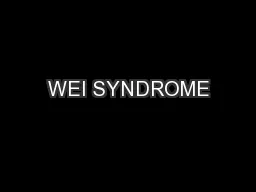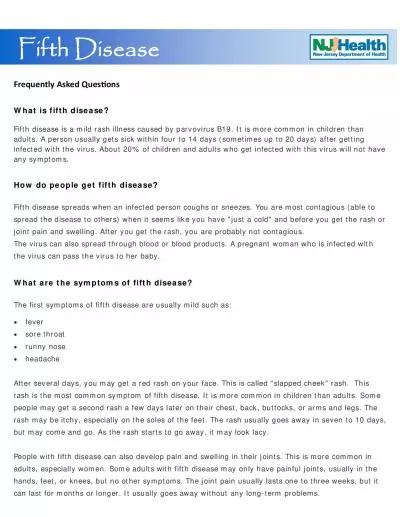PPT-Rash Decisions John Wei PGY-2
Author : briana-ranney | Published Date : 2020-04-05
65 year old man With PMHx otherwise unremarkable apart from recent hospitalization for left 2 nd digit MRSA infection decision made to attempt salvage with antibiotics
Presentation Embed Code
Download Presentation
Download Presentation The PPT/PDF document " Rash Decisions John Wei PGY-2" is the property of its rightful owner. Permission is granted to download and print the materials on this website for personal, non-commercial use only, and to display it on your personal computer provided you do not modify the materials and that you retain all copyright notices contained in the materials. By downloading content from our website, you accept the terms of this agreement.
Rash Decisions John Wei PGY-2: Transcript
Download Rules Of Document
" Rash Decisions John Wei PGY-2"The content belongs to its owner. You may download and print it for personal use, without modification, and keep all copyright notices. By downloading, you agree to these terms.
Related Documents














